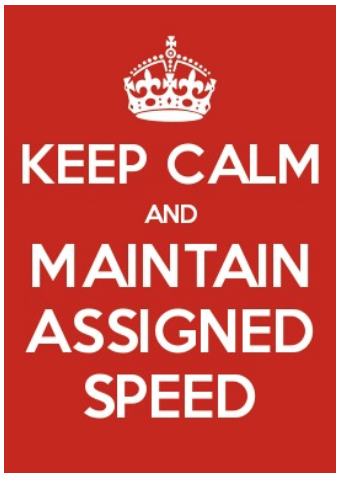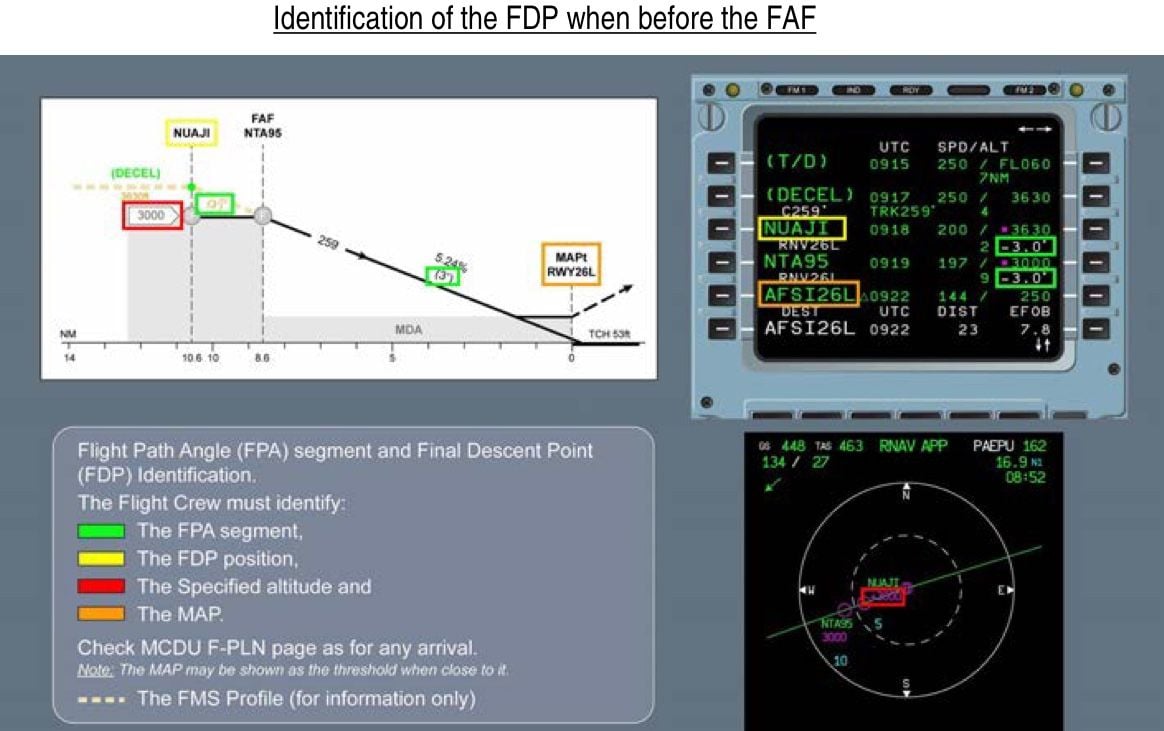Levelling off above ATC cleared altitude on approach
Only half a speed-brake
"Must" sounds like a lawyer's term and perhaps such exact rule, spelt out clear, will be impossible to find. An instruction to descend is exactly that and level flight does not fit that description.
An argument about a need to slow down for configuration change in level flight
- is a strawman since it can be done differently
- if it is short and temporary would not be a problem anyway.
Your example, in the opening post is benign. Let's blow it up while keeping it real:
- by ARINC definition the final app angle must extend in front of the FAF/FAP to enable capture from below, once established on the final track
- on many installations, this will create a pseudo G/S intercept quite far out, maybe from 5.5, 7000 feet (platform ALT 3000 let's say)
Once after the final vector, with clearance to descend 3000 and for the approach, one may wonder if maintaining the 6000 until the 3° is all right with everyone.
I think it is not, unless coordinated.
Thread Starter
So from what is being said on here, many (most?) approaches cannot be flown as coded because they will invariably have a level decel built into the profile at an altitude other than your ATC cleared level..(Airbus). I must/ should either modify the FMC to ensure it descends to the ATC level first, or select a mode giving a minimum of 500fpm descent to that point? If ATC asks you to reduce speed the best you can do is v/s-500fpm with full SPD BRK? IMHO, this doesn’t sound right and unnecessarily complicated... The reference earlier regarding acceleration and deceleration makes sense but I cannot find that reference in Aussie material as yet.
Join Date: Jun 2007
Location: Wanderlust
Posts: 3,404
Likes: 0
Received 0 Likes
on
0 Posts
So from what is being said on here, many (most?) approaches cannot be flown as coded because they will invariably have a level decel built into the profile at an altitude other than your ATC cleared level..(Airbus). I must/ should either modify the FMC to ensure it descends to the ATC level first, or select a mode giving a minimum of 500fpm descent to that point?
Gender Faculty Specialist
So from what is being said on here, many (most?) approaches cannot be flown as coded because they will invariably have a level decel built into the profile at an altitude other than your ATC cleared level..(Airbus). I must/ should either modify the FMC to ensure it descends to the ATC level first, or select a mode giving a minimum of 500fpm descent to that point? If ATC asks you to reduce speed the best you can do is v/s-500fpm with full SPD BRK? IMHO, this doesn’t sound right and unnecessarily complicated... The reference earlier regarding acceleration and deceleration makes sense but I cannot find that reference in Aussie material as yet.
Join Date: Aug 2000
Posts: 1,501
Likes: 0
Received 0 Likes
on
0 Posts
To the OP:
If you are cleared an altitude and also cleared approach, you should descend towards this altitude, not level off.
A level off at any other altitude may cause issues when you fly into airports with parallel approaches and two aircraft vectored for approach to different runways.
Follow the instructions from ATC. Easy!
Join Date: Mar 2012
Location: Having a margarita on the beach
Posts: 2,420
Likes: 0
Received 0 Likes
on
0 Posts
In LHR they send you a letter if you fly a level segment before you intercept the glide. (Don’t ask me how I know ��) You may use a ROD down to 300 fpm to avoid this. Less than 300 fpm is considered level flight.
To the OP:
If you are cleared an altitude and also cleared approach, you should descend towards this altitude, not level off.
A level off at any other altitude may cause issues when you fly into airports with parallel approaches and two aircraft vectored for approach to different runways.
Follow the instructions from ATC. Easy!
no segment of level flight longer than 2.5 nautical miles (nm) occurs below 6000ftQNH and ‘level flight’ is interpreted as any segment of flight having a height change of not more than 50ft over a track distance of 2 nm or more.
Hence, even 100 ft/min will work at typical terminal speeds.
Only half a speed-brake
 ) 100 fpm was enough, may have been a different airport.
) 100 fpm was enough, may have been a different airport.Regardless, easy really does it. Follow the instructions honestly, speak up quickly if you cannot, and discard all bright ideas for great solutions out of the orderly flow.
Short version:

Join Date: Aug 2000
Posts: 1,501
Likes: 0
Received 0 Likes
on
0 Posts
Last time I did the calculation (do not ask me why ) 100 fpm was enough, may have been a different airport.
) 100 fpm was enough, may have been a different airport.
Regardless, easy really does it. Follow the instructions honestly, speak up quickly if you cannot, and discard all bright ideas for great solutions out of the orderly flow.
Short version:
 ) 100 fpm was enough, may have been a different airport.
) 100 fpm was enough, may have been a different airport.Regardless, easy really does it. Follow the instructions honestly, speak up quickly if you cannot, and discard all bright ideas for great solutions out of the orderly flow.
Short version:

Thread Starter

This is for a specific aerodrome, what are the actual general rules? I’m not talking about “I’m not really sure so I just fly 50fpm so I can’t get pinged either way”

This is the scenario I originally described - we are saying this cannot be flown as coded? (Not talking about any modifications beyond FAF)
I think I know the situation the OP is referring to where an ALT CST* of 4000 is coded into the STAR but is not actually required when approaching the ILS from the east. If a pilot continues in managed descent then the aircraft will level off at the CST prior to intercepting the G/S instead of continuing the descent to 3000' which is the cleared level. In my view if ATC have cleared you to a specific level then that's the level you should descend to. They are not aware of how the FMS is coded and are not expecting you to level off. If you need to slow down to configure then select V/S so that the descent to the cleared level is maintained.
de minimus non curat lex
As ATC use performance as one of the methods for standard separation, then if there is an aircraft performance requirement on the day to not perform in the anticipated manner, notify ATC, or agree with ATC a different course of action.
Ensure communication occurs. CRM includes ATC. Share the “mental model”.........one of the competencies of multi crew flying....l
Ensure communication occurs. CRM includes ATC. Share the “mental model”.........one of the competencies of multi crew flying....l




